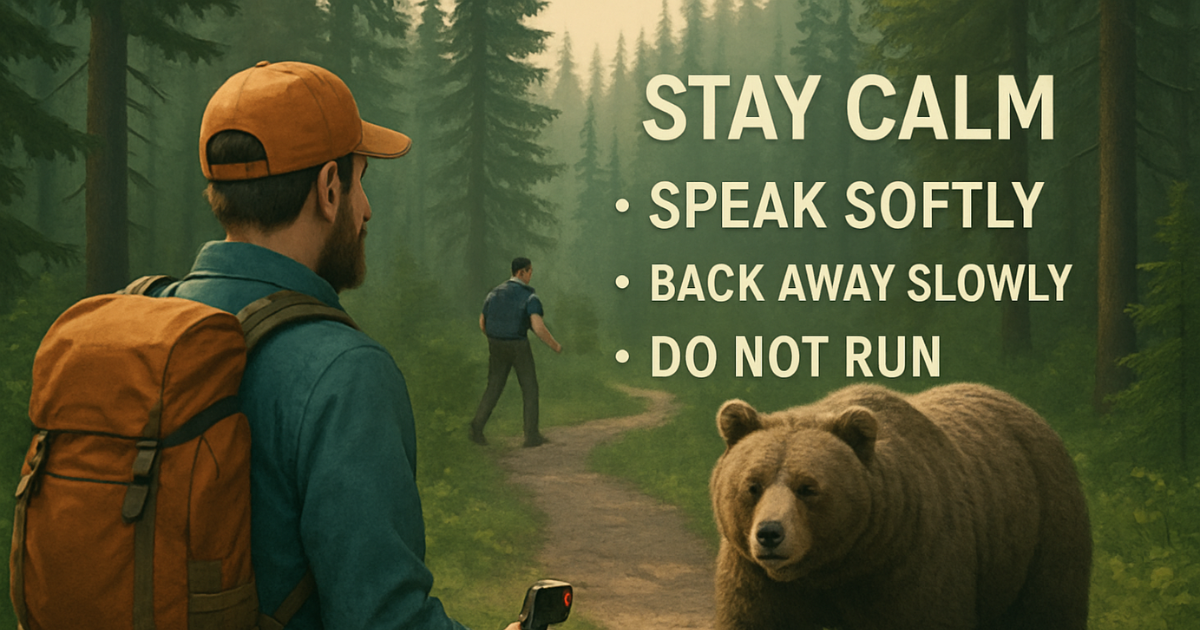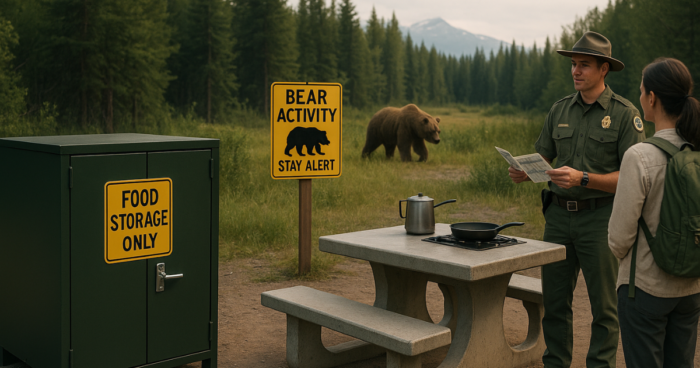Effective human-wildlife conflict management in bear country is essential to protect both people and bears. As more humans explore or settle in bear habitats, the chances of encountering wildlife increase. These interactions, while sometimes thrilling, can become dangerous without proper knowledge and prevention strategies. Managing conflicts responsibly ensures not only public safety but also supports long-term conservation of Alaska’s iconic bear species.
Common Causes and Challenges of Bear-Human Conflicts
Bear-human conflict prevention begins with understanding what drives these encounters. One of the most common causes is the presence of attractants like unsecured food, garbage, and pet food. When bears associate human spaces with easy meals, they are more likely to return, posing risks to people and necessitating the removal or euthanasia of the animal.
Bear behavior and human interaction often overlap due to habitat encroachment, especially near wilderness edges, campsites, and hiking trails. Bears are curious and opportunistic by nature. In densely populated bear habitats, the chances of surprise encounters increase, particularly in seasons with limited natural food.
Strategies for Wildlife Conflict Mitigation
Implementing effective wildlife conflict mitigation strategies involves both individual and community action. At the personal level, hikers, campers, and residents can reduce conflict risk by properly storing food, keeping campsites clean, and learning basic bear safety protocols.
Non-lethal bear deterrents such as bear spray, air horns, and electric fencing have proven effective in discouraging unwanted bear visits. When used correctly, these tools minimize harm while reinforcing natural avoidance behaviors in bears.
Bear-proofing campsites is another essential step. Using approved bear-resistant containers, suspending food in trees (where permitted), and never bringing food into tents all contribute to a safer outdoor experience. Public land managers may also provide bear lockers or enforce specific food storage regulations.
Safety Tips and Managing Bear Encounters

One of the best bear safety tips for hikers is to stay alert and make noise while traveling, especially in dense brush or areas with poor visibility. Hiking in groups and carrying bear spray readily accessible on your belt or backpack strap can be lifesaving in a close encounter.
Managing bear encounters requires staying calm, assessing the bear’s behavior, and reacting accordingly. Do not run. Slowly back away while speaking in a calm voice. If a bear charges, stand your ground and deploy bear spray if necessary. Knowing these protocols in advance greatly improves the outcome of an encounter.
Role of Community Education and Conservation Efforts
Community education on bear safety plays a pivotal role in reducing conflicts. Outreach programs in schools, visitor centers, and community centers can spread vital knowledge on how to coexist safely with bears.
Wildlife conservation and conflict management go hand in hand. Public awareness campaigns, local ordinances about trash management, and collaborative efforts between wildlife agencies and residents all contribute to sustainable solutions that protect both people and wildlife.
Behavioral Insights: Brown Bear vs Grizzly Bear
While brown bears and grizzlies are often used interchangeably, understanding behavioral differences in brown bears vs grizzly bears can enhance conflict management strategies. Brown bears along the coast may be more accustomed to human presence due to tourism and high food availability.
Grizzlies, often more isolated inland, can be more aggressive or reactive to human intrusion. Recognizing species-specific behaviors, such as signs of agitation, helps in predicting responses and applying the appropriate safety measures.
Conclusion
In bear country, safety and conservation must go hand in hand. Human-wildlife conflict management in bear country relies on proactive behavior, education, and respect for the animals’ instincts. Through preparedness and cooperation, both humans and bears can thrive safely and sustainably. For deeper behavioral insights, visit our pillar guide: brown bear vs grizzly bear.


